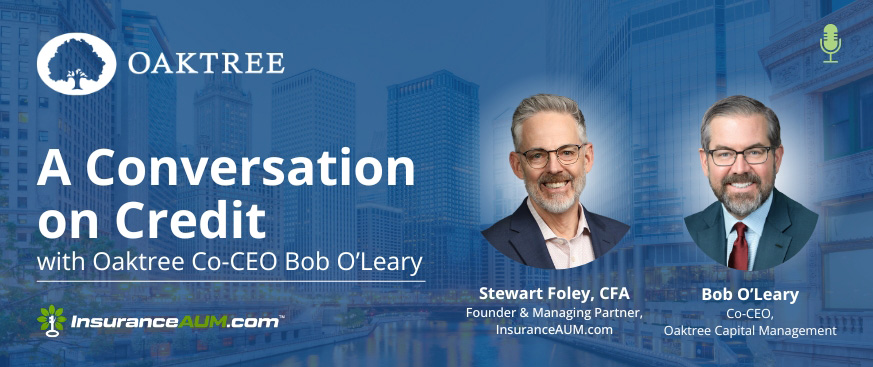Oaktree Capital Management, L.P.
Oaktree is a leader among global investment managers specializing in alternative investments. The firm emphasizes an opportunistic, value-oriented and risk-controlled approach to investments in credit, private equity, real assets and listed equities. Insurance companies are one of the largest client segments at Oaktree, with more than 27 years of experience managing capital for the sector. Our dedicated global insurance solutions team partners with clients to develop new strategies and customize our solutions.
Greg Halagan
Managing Director and Head of Insurance Solutions
333 South Grand Ave., 28th Floor,
Los Angeles, CA 90071
Image






